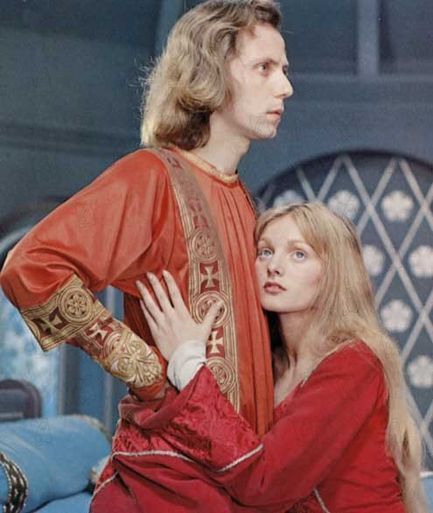The Weird (2012) – [Amazon.com] [FR] [DE] [UK]
I’m into weird stuff and anthologies. So I’m happy with the new book The Weird, dedicated to 20th century literature in the category weird fiction, a book I discovered while researching Dino Buzzati (check out this [1] and this [2]). It was put together by Jeff VanderMeer and his wife Ann.
But…
Yes, there is a but.
The cover of this anthology is ugly beyond belief.
Beyond belief is perhaps putting it too strongly and I don’t like negative criticism without at least providing an alternative.
So why not have put an axolotl on the cover? A good choice since there is also a short story by my favourite author Julio Cortázar in the anthology titled “Axolotl” and the axolotl is a creature like the star-nosed mole and the baby armadillo by Dora Maar which belongs in the category ‘fantastique naturel‘ and the fantastique is the natural precursor of weird fiction.








